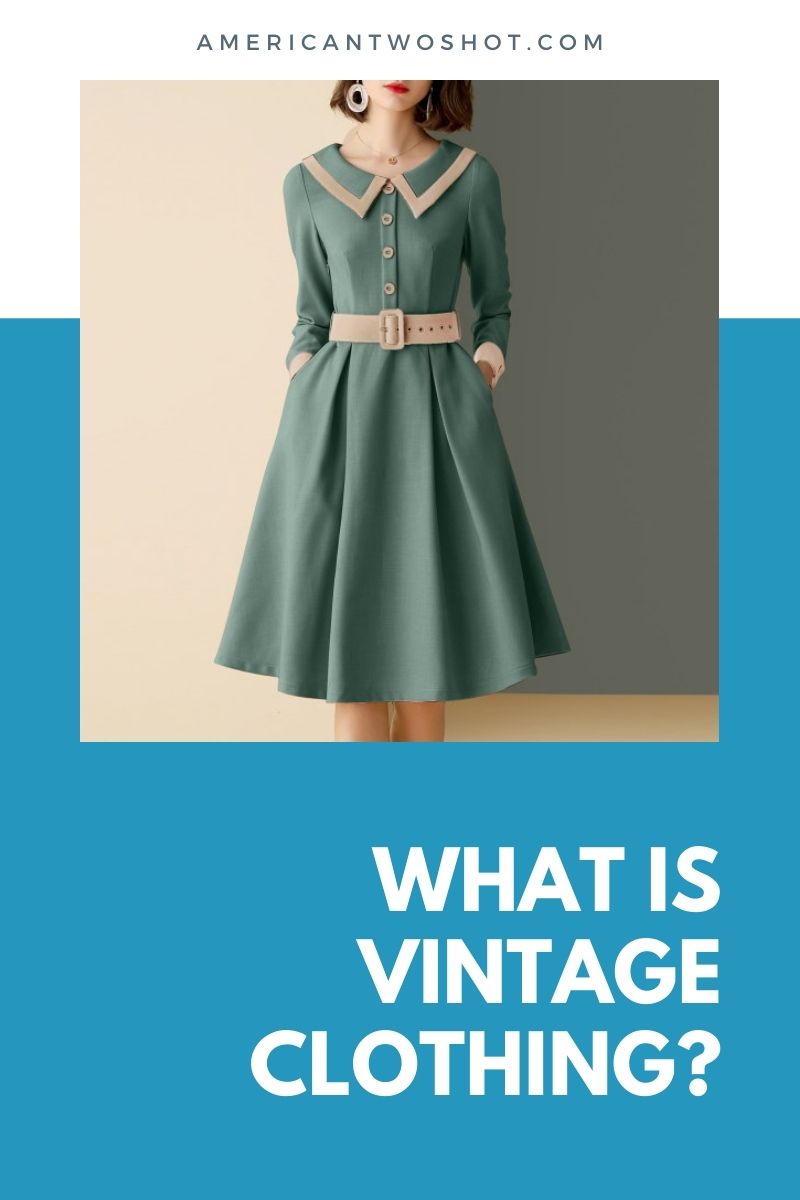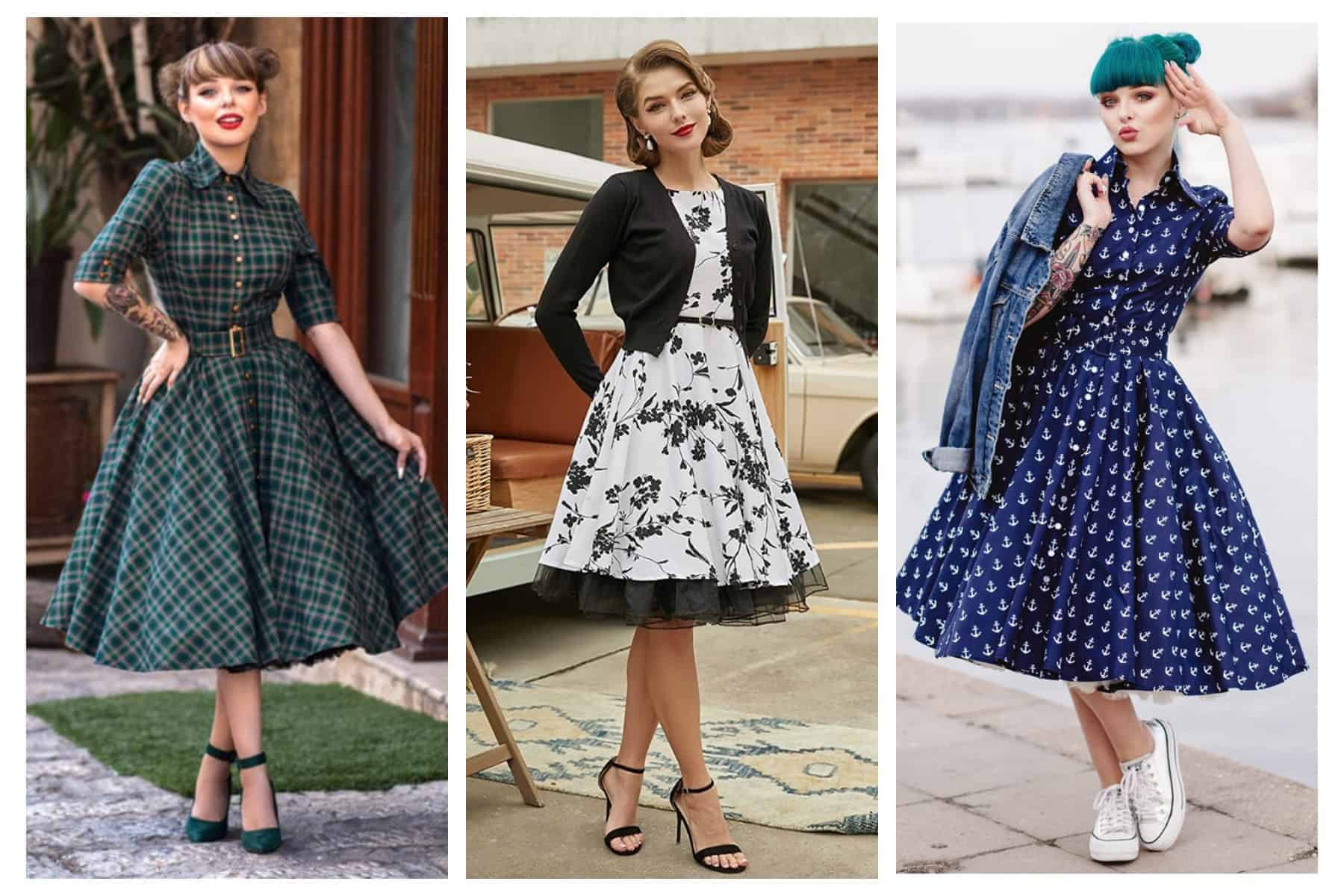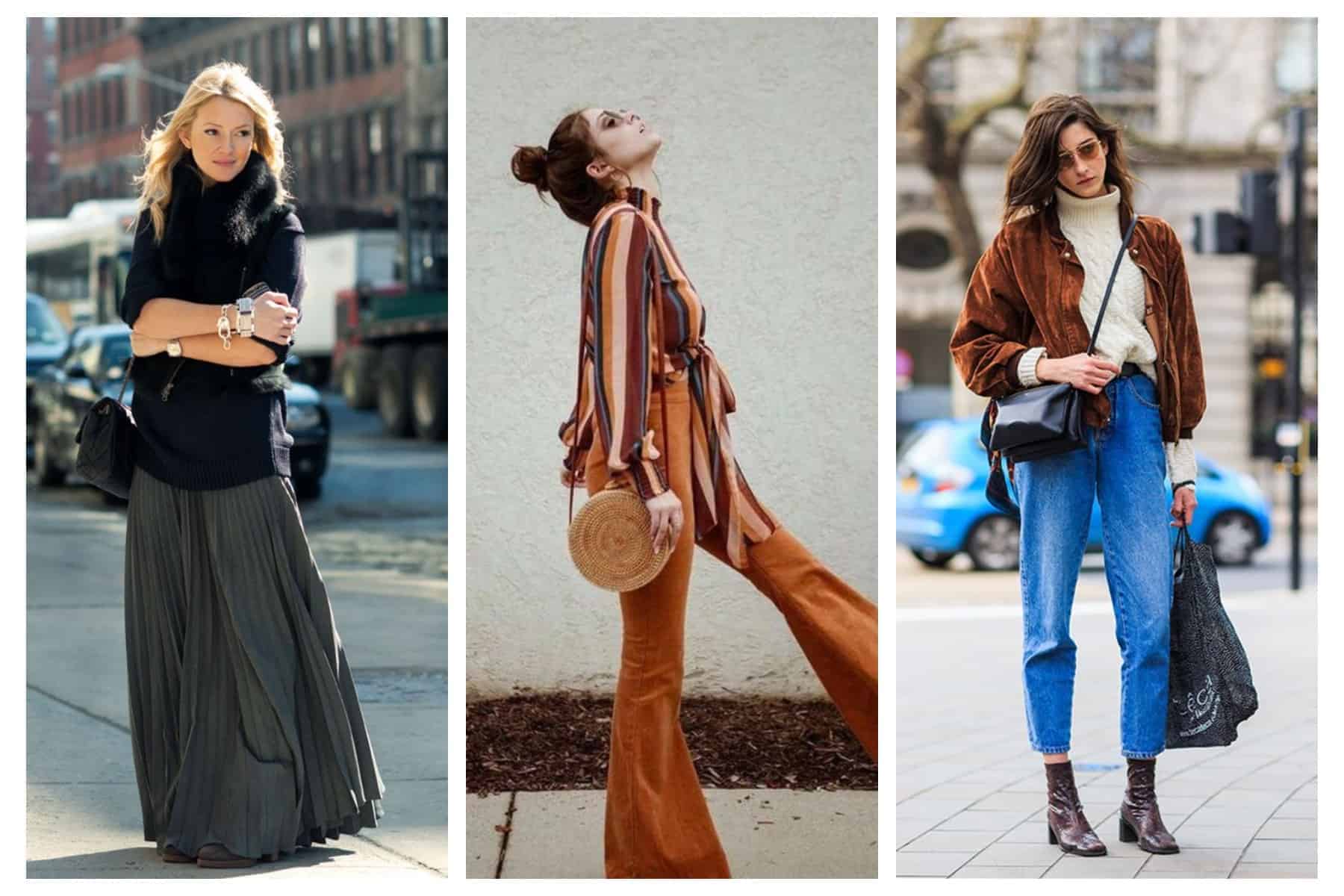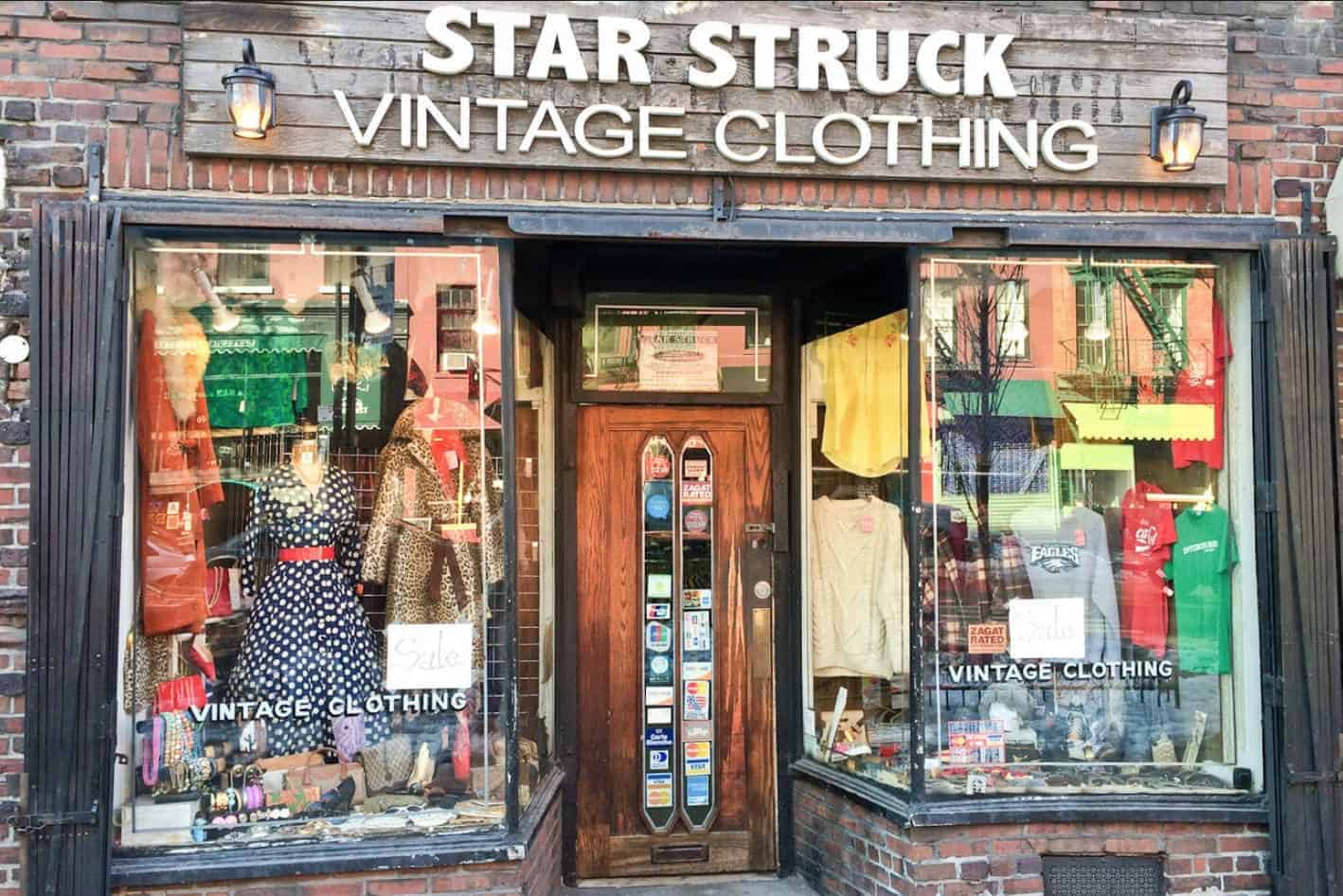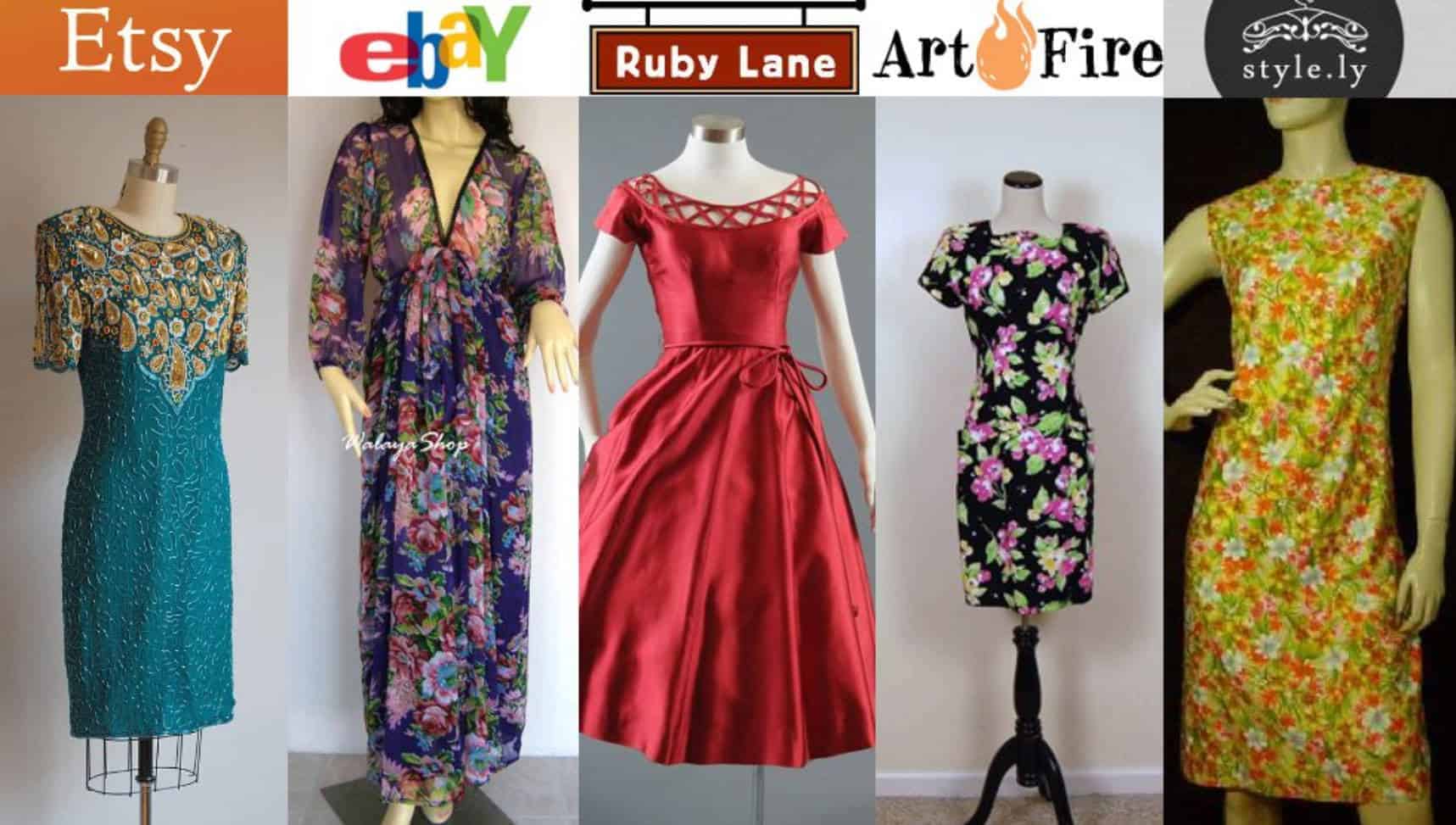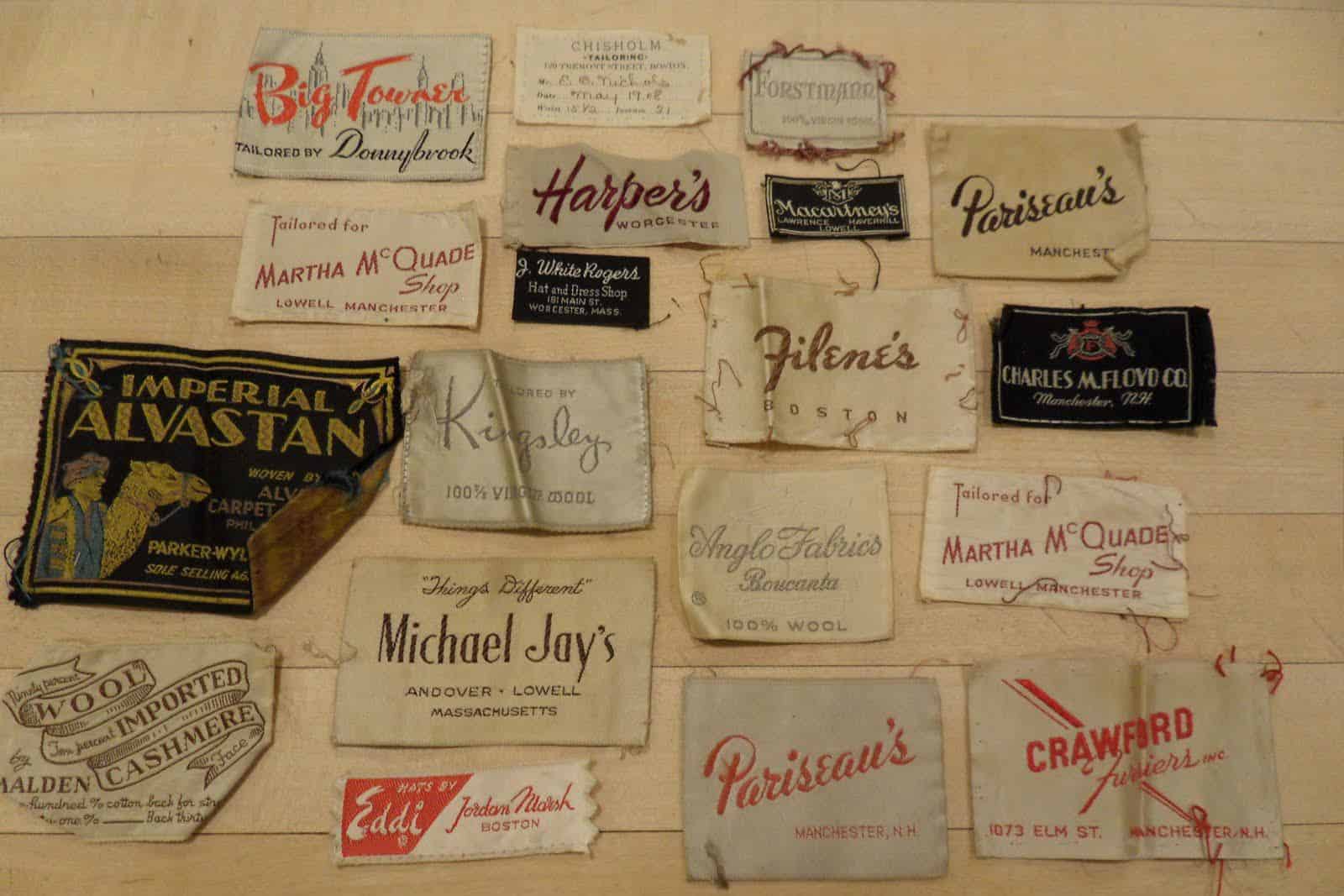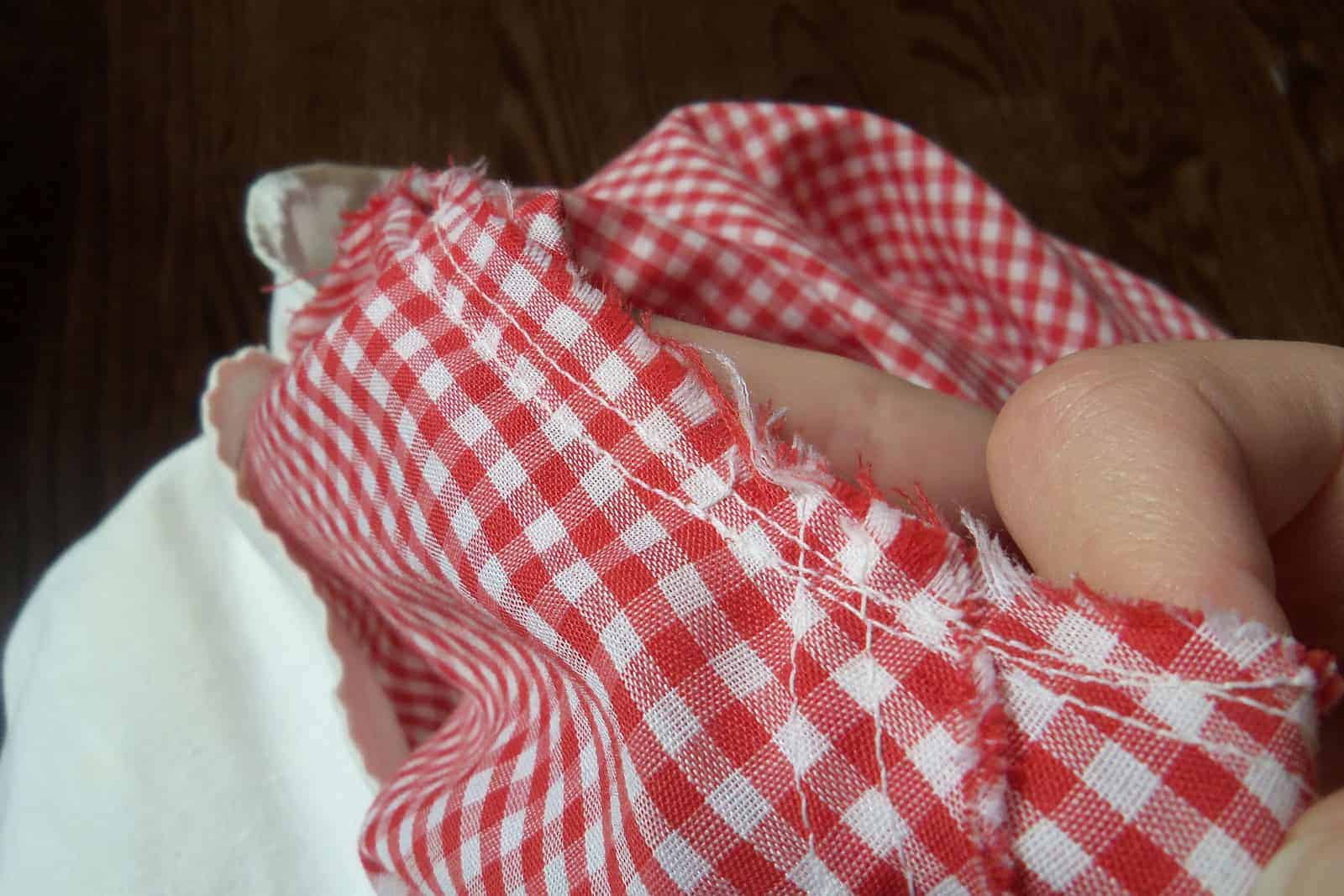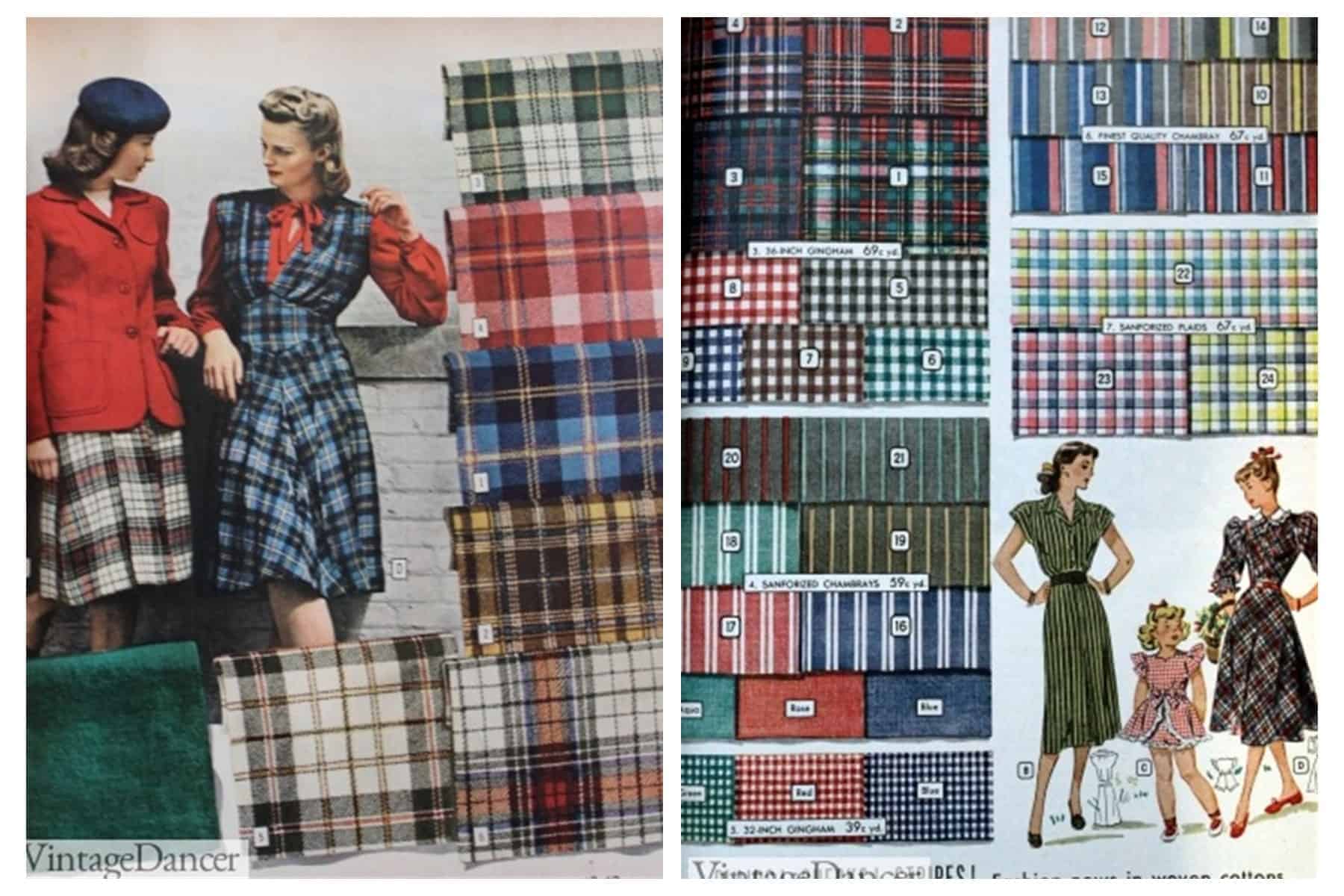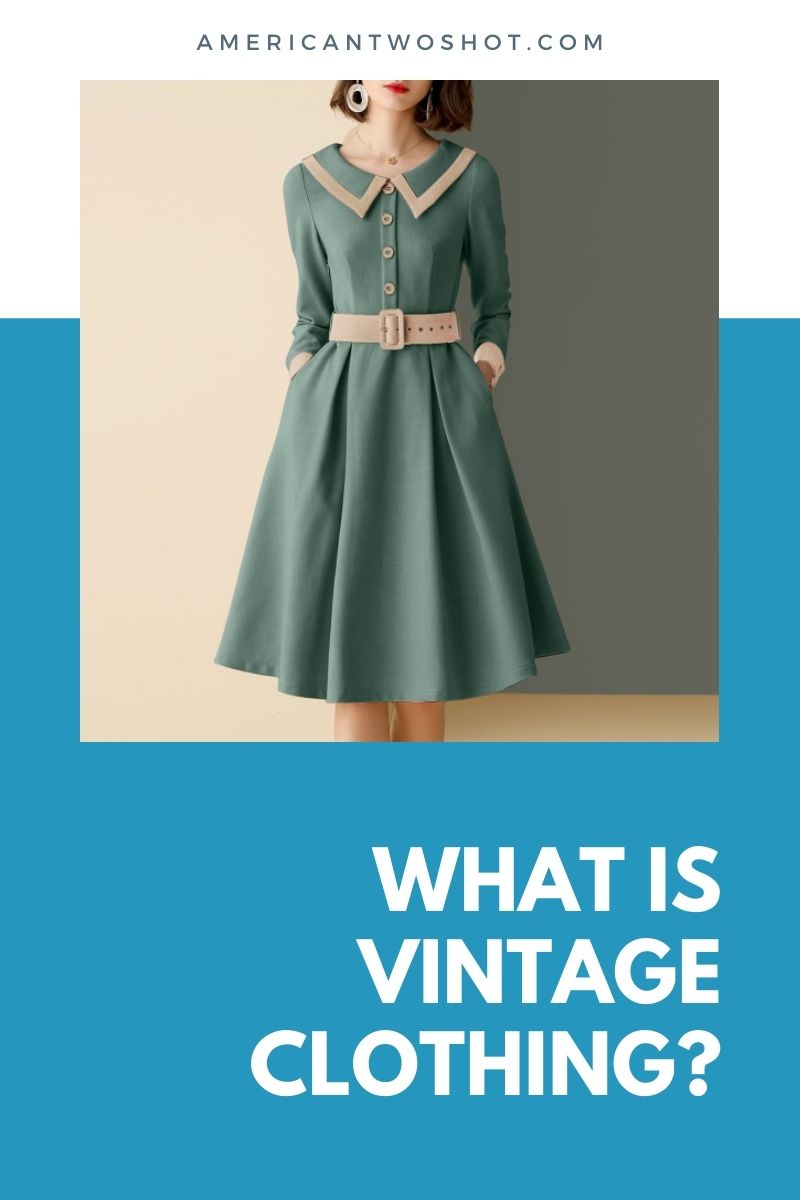The term “vintage clothing” has many connotations. It could mean any old garment to some, while others believe it just relates to the garment’s age.
Read on to discover what is “vintage clothing” as well as its definition, significance, and tips to tell if a piece of clothing is vintage.
What is vintage clothing?
In the fashion world, “vintage” refers to clothing made in the last 20-100 years, counting from the current year. A piece of clothing can be classified as “vintage” if it also exhibits design aspects relevant to that particular era.
Each decade features a diverse range of styles. A select few become well-known and prominent enough to form part of the image that distinguishes that decade.
Dresses are a common aspect of vintage apparel and have several distinguishing characteristics apart from other garments.
Details such as appliques, lapels, and patterns abound in vintage styles. In comparison to modern apparel, they have relatively modest or full-lengths.
Vintage attire is typically formal or elegant.
For instance, fur coats were very fashionable in the late 1960s. So, you should classify these stylish outfits at present as “vintage.”
But a fur coat has a different charm than a typical blouse from 1955. Even if the blouse is old, it doesn’t highlight any stylistic components.
Also, many people mistakenly classify a modern 1920s flapper fashion dress as “vintage.” Although it has an old pattern, you cannot consider it vintage.
There is no such thing as vintage clothing manufactured today, or even 5 or 7 years ago.
Recent parades of vintage outfits on TV or YouTube videos prompted many people to get attracted to the vintage era. However, not everyone enjoys wearing used clothing.
As a result, contemporary designers have been producing vintage-inspired items, incorporating designs, patterns, and trends from the last 20 years or more with modern technologies.
This hybrid of outfits made nowadays that looks vintage is known as “vintage retro.”
Why is vintage clothing still popular?
Wearing vintage clothing is a terrific way to make a fashion statement. That is why hipsters and trendsetters love collecting and sporting vintage clothes.
Producers always prioritized quality above quantity in previous eras. Mass production was not possible in those times, so practically every vintage item today is one-of-a-kind and a great way to stand out.
Many appreciate vintage fashion for its unique and elegant styles, like low-rise pants from the 1970s or a suit coat made in the 1920s.
Fashion exhibitions that include vintage types of apparel have sparked a renewed interest in vintage clothing. Popular fashion models and contemporary designers occasionally display vintage outfits.
Moreover, well-known actresses such as Julia Roberts and Renée Zellweger sometimes appear in films wearing vintage attire.
Their fans would go crazy trying to find retro-styled clothing to resemble their idols. Consequently, a new fancy for vintage clothes trend would occasionally emerge.
Also, some contemporary designers produce vintage-inspired clothing.
Unlike the original vintage clothes, these garments are made available in diverse colors, styles, and fabrics. They are also less expensive than authentic vintage fabrics.
Hence, if you want to own vintage apparel, these reproductions can be a good substitute for the originals.
Purchasing vintage items also have significant environmental and economic effects. Your purchase can help shift worldwide demand for fast-evolving fashion and overproduction of commodities.
Where to Buy Vintage Clothing
If you are looking for vintage clothes to add to your wardrobe, consider visiting places in person so you will see the actual condition of the garments. You can check out auctions, flea markets, thrift stores, antique stores, estate sales, and even sales in your neighborhood.
Look for stores with the word “vintage” in the shop’s name or description. You might spot vintage items in thrift stores, but most of what you’ll find is merely old apparel.
In vintage shops, you’ll discover a carefully curated selection of items as well as knowledgeable owners who can assist you.
Where to Buy Vintage Clothing Online
Here are ten excellent online shops where you can buy vintage clothes
Poshmark is a contemporary fashion platform, but they sell vintage clothing at a wide range of prices.
This shop offers chic and unique vintage clothing like mom jeans, oversized sweatshirts, and designer clothes.
ThredUp is another online store that sells vintage clothing to help reduce the environmental and financial costs of evolving fashion.
The Real is another online shop that sells vintage designer clothing and other high-quality products.
The ASOS Marketplace is home to popular independent clothing brands and vintage shops worldwide.
Refashioner is another good vintage clothing store where each authentic vintage piece includes details like who wore it and where. Any notable story that happened related to the outfit was also featured.
Beyond Retro is a London-based store that sells vintage clothing from the 60s to the 90s.
Vestiaire Collective is another online vintage designer thrift store. It has one of the most comprehensive collections of vintage designer clothing online, ranging from vintage Levi’s to eveningwear.
Wildthing Vintage is a Canadian Etsy shop that provides the best vintage clothes from the 50s to the 90s.
Frea Vintage is another secondhand store that uses Etsy to connect with and please vintage enthusiasts globally trying to stay up with quick fashion trends.
Buying Tips: How to Identify and Buy Vintage Clothing
Here are a few tips to help you identify if a garment is vintage or just vintage-inspired.
Check the tags
The majority of the older vintage clothes were manufactured in the United States. Moreover, if the tag contains the phrase “Made in the USA” or a picture of an American flag, the garment is most likely made before the 1980s.
Also, addresses did not contain zip codes until the mid-1960s. Several well-known apparel firms only utilized the street and city names.
You’re probably looking at a piece of clothing from before the 1960s if it only provided these address markings.
The garment could also be vintage if the brand name isn’t familiar. But if you know the brand but the company logo isn’t similar to what they currently use, you may have discovered a vintage product.
If you found a wool coat yet it doesn’t have a logo that says “Made of Wool,” it was probably produced before 1939.
Producers began putting a wool sticker in 1964 as a business strategy to persuade customers to purchase wool rather than polyester.
The first wool sticker was issued in 1964, indicating that the product is made entirely of wool.
Fabric blends, such as 20% linen, are more modern, while 100% fabric composition can be vintage. Since many present-day manufacturers also use unblended textiles, this is not true all the time.
Look for unique construction features
Look for hand-sewn details or other distinctive production details.
A garment is most likely a vintage if it is handcrafted. If you notice that the edges within a seam look like they’re zig-zag cut, you can tell it’s handmade. The edges indicate that they were trimmed with pinking shears.
Pinked seams, side fasteners, and metal zippers are all prominent elements of vintage clothing from the late 1920s to the 1960s.
In the 1950s, pinked seams were highly popular. The seams are supposed to look like teeth and prevent fraying. You might have a garment manufactured before the 50s if the seams don’t have a finished appearance.
Also, metal zippers were usually positioned on the side of a garment from the 1930s through the 1940s. On the other hand, manufacturers used plastic zippers on garments after 1965.
Feel the texture
The texture, feel, and patterns of vintage garments and present-day clothing are frequently different. Spotting the difference may be challenging, especially if you’re new to vintage appraisal.
Comparing a vintage garment with other items in your wardrobe is an excellent method that you can easily do to see the difference.
Now that you already know how to identify vintage items, don’t get so overwhelmed!
If you’re new to vintage shopping, you may find yourself purchasing items that don’t fit you perfectly. You may even find yourself purchasing a dress that is three sizes bigger than what you planned to buy.
Modern sizes differ from vintage sizes. Clothing dimensions have changed throughout time.
A general guideline is that a garment from the late 60s is usually 4 to 6 times bigger than present-day sizing. So, for instance, a miniskirt from that period marked as size 12 would be equivalent to “Size 6” now.
Don’t blow your mind about the sizing on the manufacturer’s label. The more you get nearer to the present time, except that the sizing will become more similar to what you have now, like clothing made in the ’90s.
It’s always a good practice to wear a garment first to see if it fits you well before buying it.
Summary
Vintage clothing may mean differently to people. Now, after discovering what vintage clothing is, including its definition, significance, and buying tips, you can correctly identify whether a garment is vintage or not.
Soon, you’ll have a wardrobe full of vintage items that you can wear to keep up with fashion. [How To Wash Vintage Clothes]

Jessica Oliver is a fashion enthusiast with more than ten years of experience in the industry. She previously managed her own clothing store in New York before becoming a mother of three. With a passion for sustainability and a desire to share clothing care and recycling tips.

